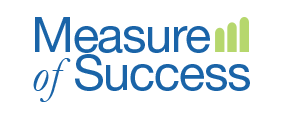Persistent Joke #5
Similar to the Twelve Days of Christmas, we are drawing special emphasis to Number 5! This one comes to us via Henry Mintzberg at McGill[…]
Persistent thought-provoking joke #3
Jean-Paul Sartre occasionally frequents a local cafe. His order is always the same: “Coffee, please. Sugar, no cream.” Understanding his particular thinking on “being,” the[…]
Persistent thought-provoking joke #2
Having shared passengership on an ill-fated cruise, three professionals (a mechanical engineer, a chemist and an economist) find themselves marooned on a desert island with[…]
Persistent thought-provoking joke #1
A new beat police officer patrolling the street one night finds a man squatted down at the base of lamppost. He appears to be looking[…]
It has been a while – what’s new and what’s changed?
Maybe it was the uncertainty around Twitter, but I have decided to return to blogging here. Talk (blogging?) is cheap, so we will see how[…]
The solvable problem with Self Evaluations
I have a vivid memory of a self-evaluation from my undergrad days at McGill. We had to take a writing course, which must have been[…]
All I really need to know I learned in… Business School?
Every once in a while you will see the “Everything important I learned in Kindergarten” claims that list insights like: clean up after yourself, share[…]
“That’s a great company name!”
When the prompt of “Company name?” comes my way, “Measure of Success” often gets a reaction. Just this week, my bank paid me the complement[…]
Oral tradition and written word in the workplace
Bloomberg published a fascinating article on a potential transition from society’s reliance on the written word to a society that works more heavily in spoken[…]
The Feedback Context – Developing and Evaluating
When it comes to performance, the question “How are you doing?” can start a very rich discussion. Do you really want to know? Do we[…]
